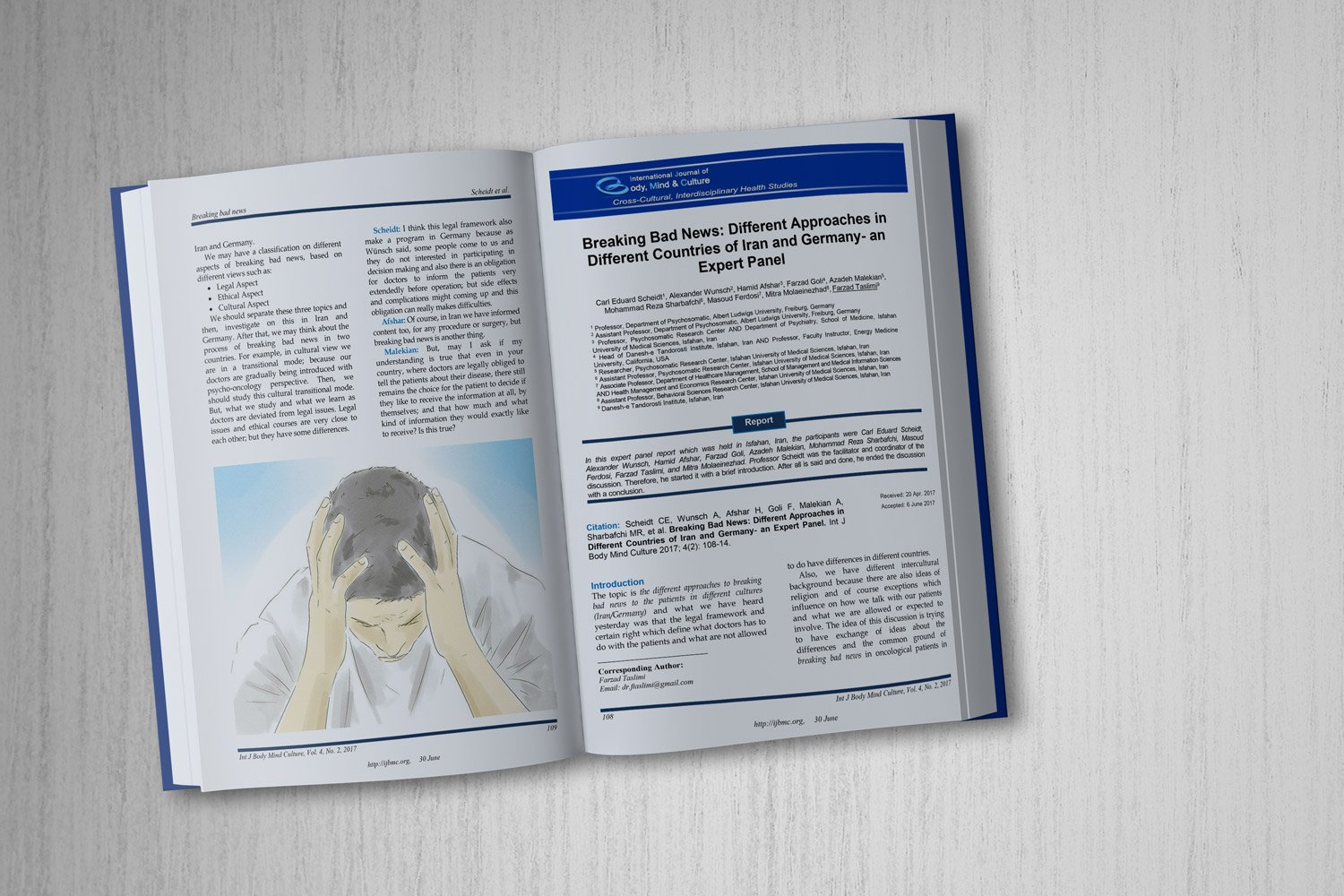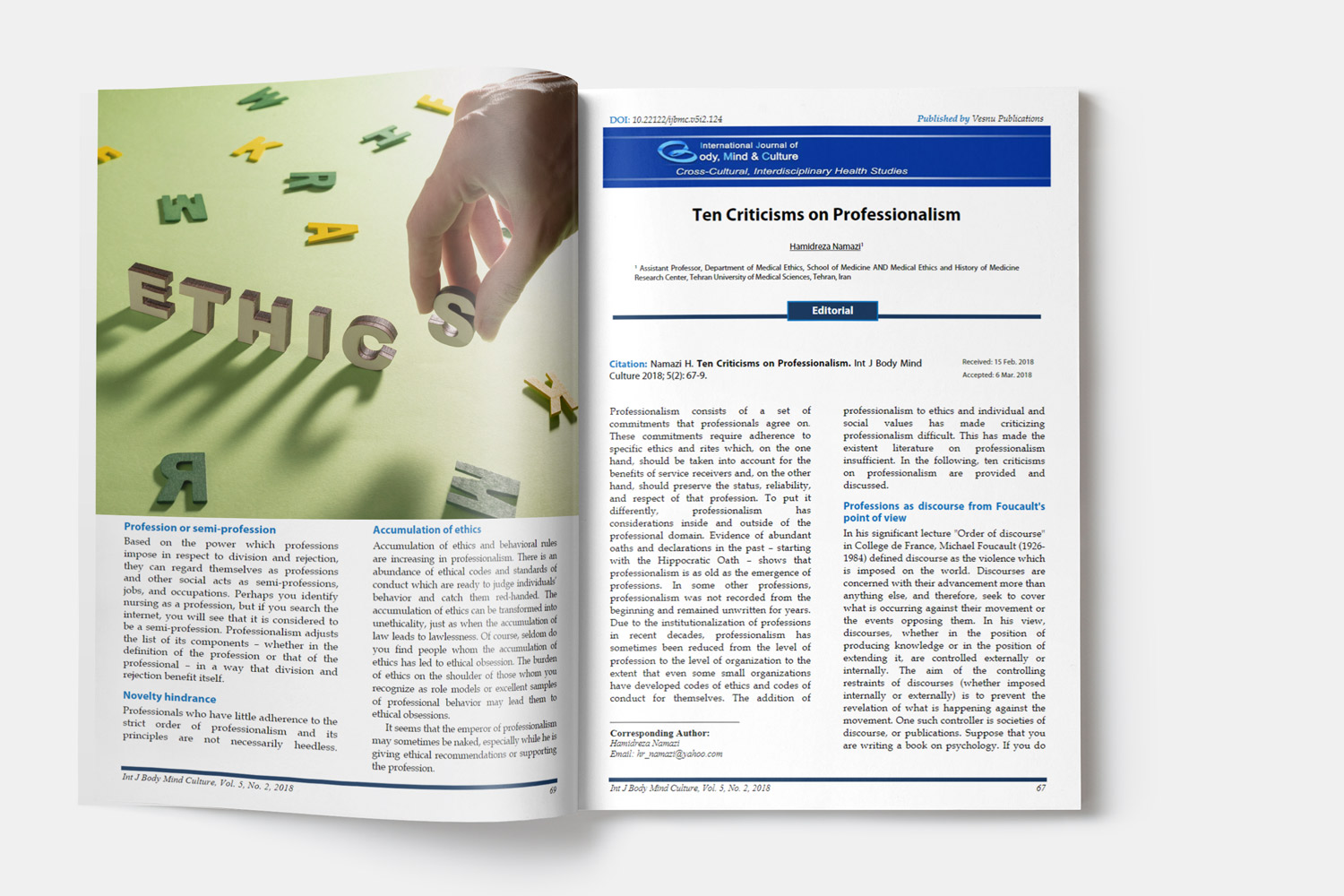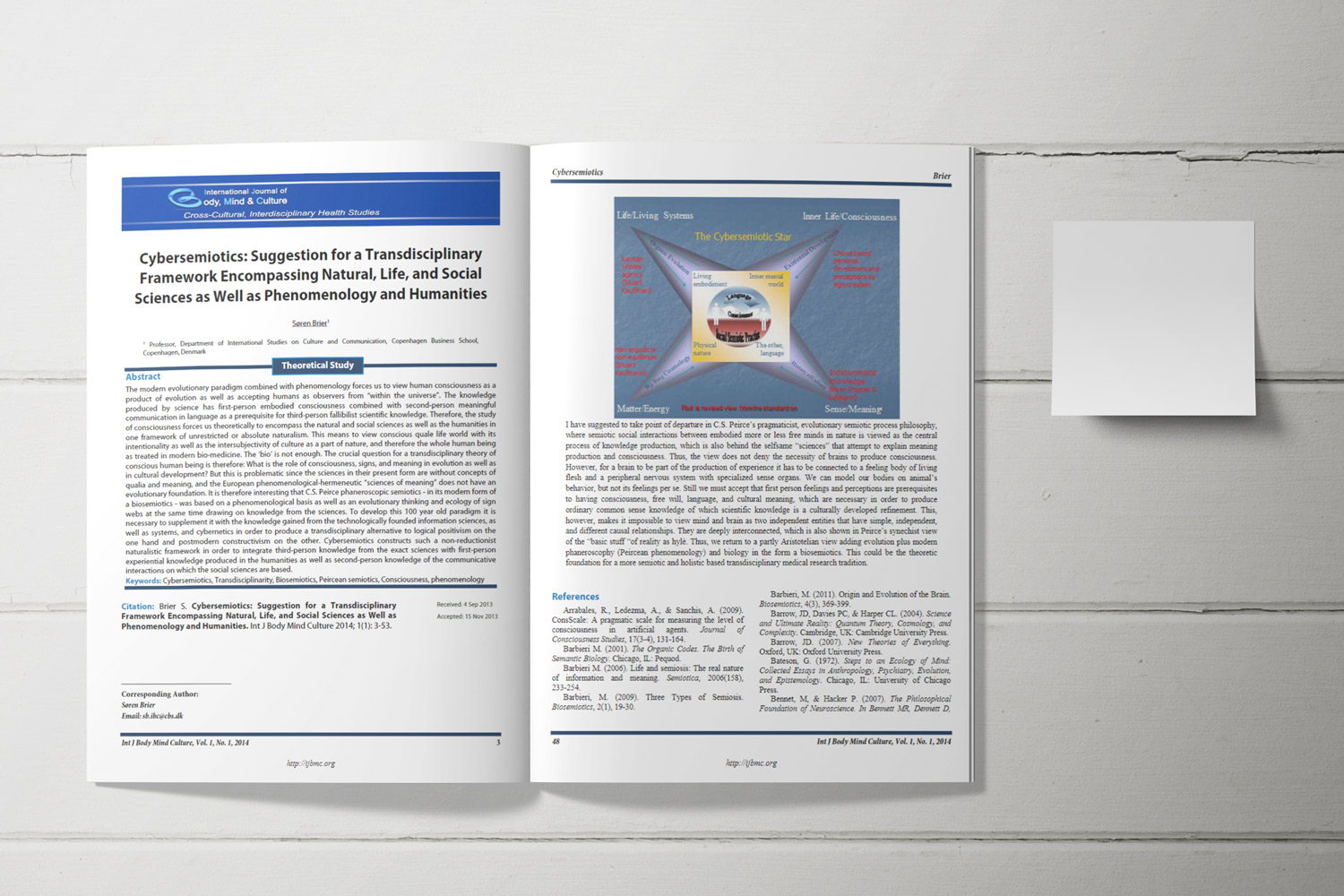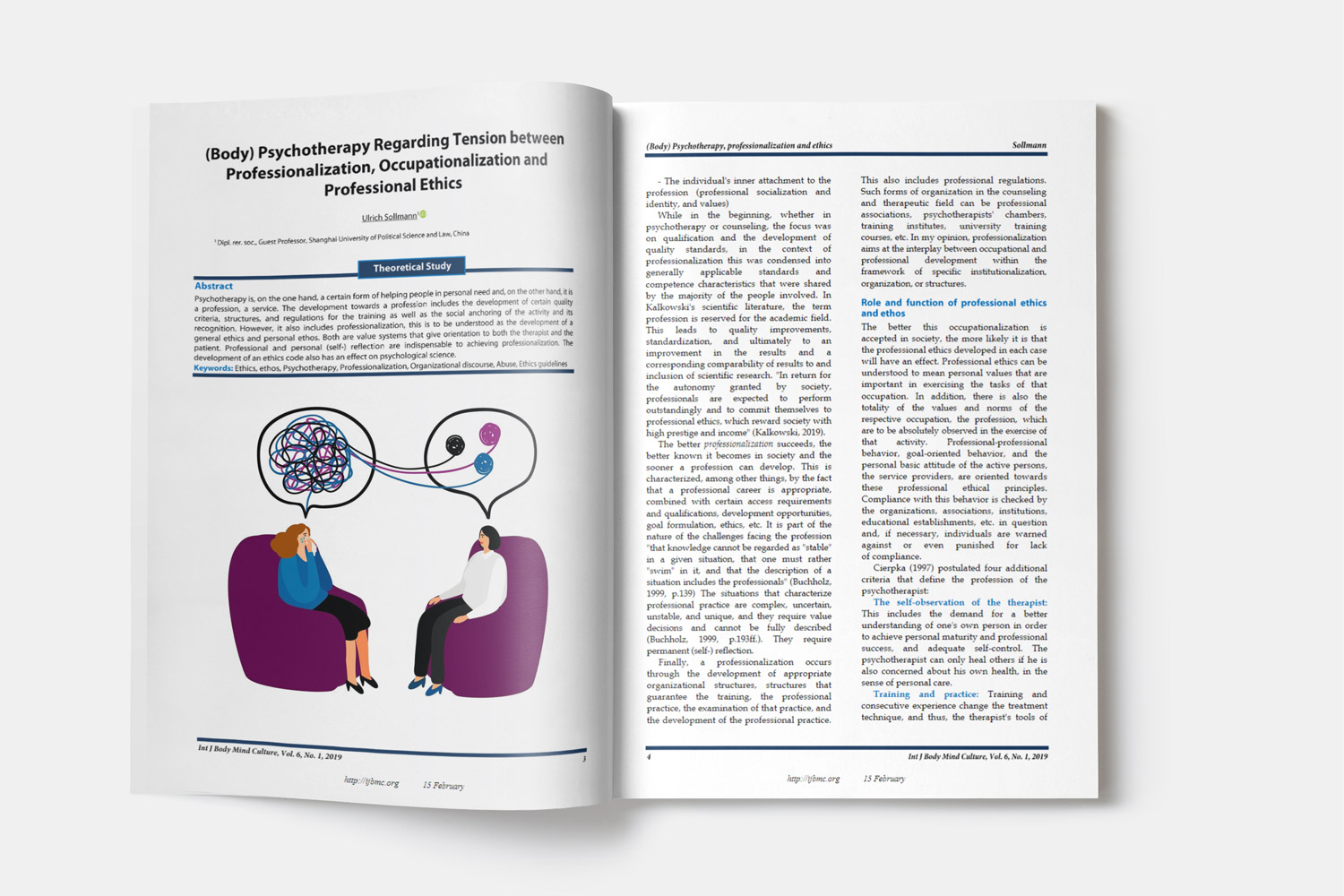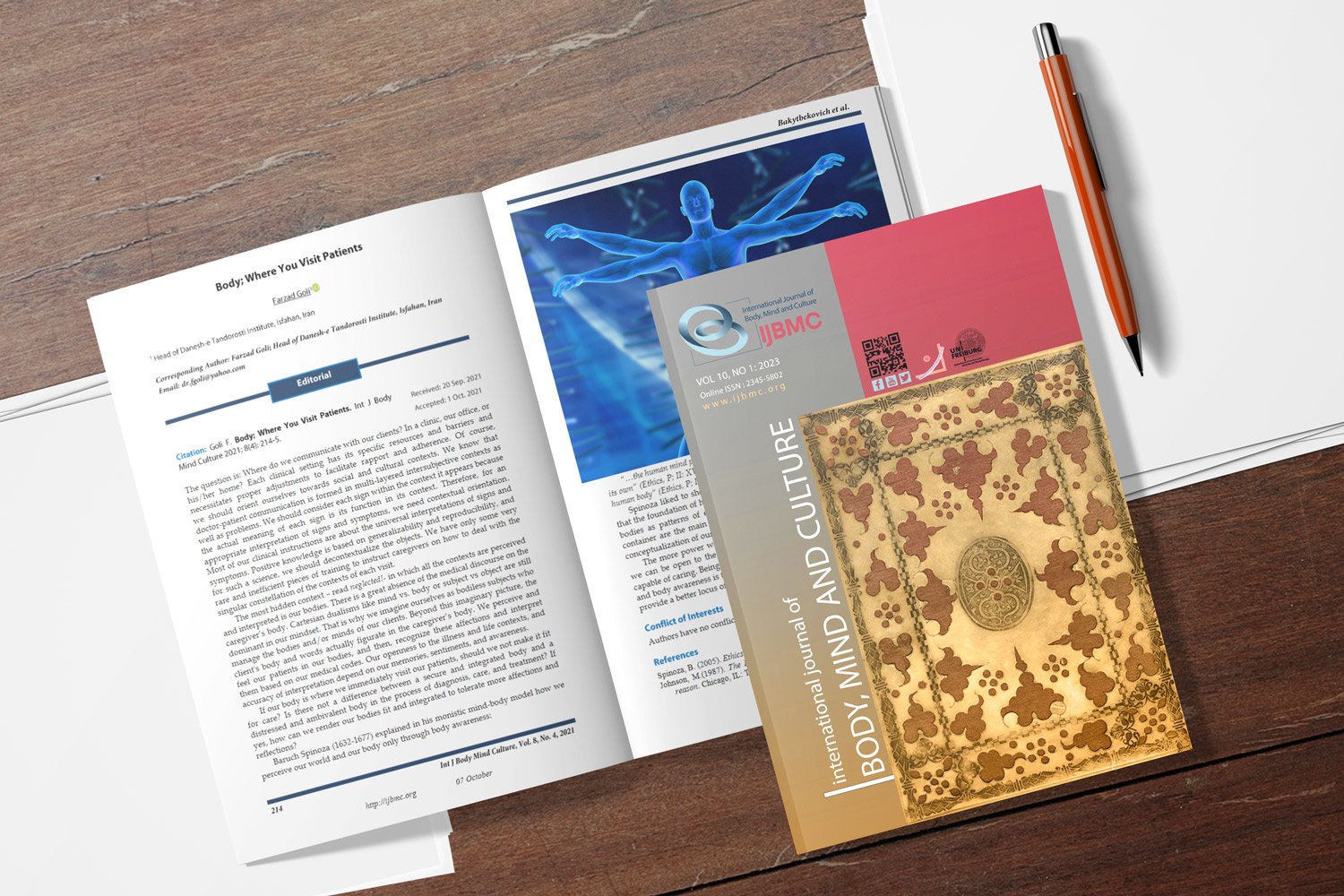The Effectiveness of Analytical Psychotherapy on Impulsivity, Sexual Diversity Seeking and Anxiety in Borderline Patients
Downloads
Objective: Borderline personality disorder is a complex disorder that is associated with significant incidence, mortality, and public health costs. This study aimed to determine the effectiveness of analytical psychotherapy on sexual impulsivity, sexual diversification, and anxiety behaviors in borderline patients.
Methods and Materials: This study was a clinical trial with pre-test, post-test, and follow-up with a control group conducted in a semi-experimental research design. The statistical population of this study was people with borderline personality disorder (from April to June 2022) to psychiatry and psychiatry clinics in Sari City (172 people). Sampling was based on the convenience sampling method, assigned to experimental and control groups (10 in each group) according to the criteria. Data collection tools in this research were: structured clinical interview for diagnosis of personality disorders (Fyrst, Spitzer, Gibbon and Williams, 1997), Beck Anxiety Inventory (Beck & Esther, 1990), Bharat Impulsivity Scale (Fossati et al., 2002) and Sexual Diversity Seeking Questionnaire (Aref Nazari et al., 2011). Data were analyzed using repeated measures ANOVA and SPSS.22 software.
Findings: The results showed that analytical psychotherapy was effective in reducing impulsivity behaviors (F=53.00, P<0.001), sexual diversity seeking (F=24.82, P<0.001), and anxiety (F=10.00, P<0.001) in borderline patients.
Conclusion: It can be concluded that analytical psychotherapy has an effect on impulsivity, sexual diversity seeking, and anxiety in borderline patients and can be used to reduce the psychological problems of borderline patients.
Downloads
Abbass, A. A. (2006). Intensive short‐term dynamic psychotherapy of treatment‐resistant depression: A pilot study. Depression and Anxiety, 23(7), 449-452.
Bender, D. S., Dolan, R. T., Skodol, A. E., Sanislow, C. A., Dyck, I. R., McGlashan, T. H., Shea, M. T., Zanarini, M. C., Oldham, J. M., & Gunderson, J. G. (2001). Treatment utilization by patients with personality disorders. American Journal of Psychiatry, 158(2), 295-302.
Blasczyk-Schiep, S., Kazen, M., Jaworska-Andryszewska, P., & Kuhl, J. (2018). Volitional determinants of self-harm behaviour and suicidal risk in persons with borderline personality disorder. The European Journal of Psychiatry, 32(2), 77-86. https://doi.org/10.1016/j.ejpsy.2017.10.003
Chabrol, H., Montovany, A., Ducongé, E., Kallmeyer, A., Mullet, E., & Leichsenring, F. (2004). Factor structure of the borderline personality inventory in adolescents. European Journal of Psychological Assessment, 20(1), 59-65.
Charbon, P., Kramer, U., Droz, J., & Kolly, S. (2019). Implementation of good psychiatric management in 10 sessions. Applications of good psychiatric management for borderline personality disorder: a practical guide, 233, 252.
Diamond, D., & Hersh, R. G. (2020). Transference-Focused Psychotherapy for Narcissistic Personality Disorder: An Object Relations Approach. Journal of personality disorders, 34(Supplement), 159-176. https://doi.org/10.1521/pedi.2020.34.supp.159
Diamond, D., Yeomans, F., & Keefe, J. R. (2021). Transference-Focused Psychotherapy for Pathological Narcissism and Narcissistic Personality Disorder (TFP-N). Psychodynamic Psychiatry, 49(2), 244-272. https://doi.org/10.1521/pdps.2021.49.2.244
Einy, S., Mohammad, Narimani, Sadeghi Movahed, Fariba (2019). Comparing the Effect of Mentalization-Based Therapy and Cognitive Analytical Therapy on Ego Strength and Defense Mechanisms of People with Borderline Personality Disorder. Quarterly of "The Horizon of Medical Science", 25(4), 324-339. https://doi.org/10.32598/hms.25.4.324
Gonzalez-Torres, M. A. (2018). Psychodynamic psychotherapies for borderline personality disorders. Current developments and challenges ahead. BJPsych International, 15(1), 12-14.
Greenberg, J. (1983). Object relations in psychoanalytic theory. Harvard University Press.
Gunderson, J. G. (2007). Disturbed relationships as a phenotype for borderline personality disorder. American Journal of Psychiatry, 164(11), 1637-1640.
Keramati, K., Bolhari, J., & Asgharnejad Farid, A.-a. (2007). Effect of Father Loss on Behavioral Disorders in Primary School Children. Iranian Journal of Psychiatry and Clinical Psychology, 12(4), 390-395.
Levy, K. N., Meehan, K. B., Kelly, K. M., Reynoso, J. S., Weber, M., Clarkin, J. F., & Kernberg, O. F. (2006). Change in attachment patterns and reflective function in a randomized control trial of transference-focused psychotherapy for borderline personality disorder. Journal of consulting and clinical psychology, 74(6), 1027.
Levy, K. N., Meehan, K. B., & Yeomans, F. E. (2012). An update and overview of the empirical evidence for transference-focused psychotherapy and other psychotherapies for borderline personality disorder. Psychodynamic psychotherapy research: Evidence-based practice and practice-based evidence, 139-167.
Rahmatinia, M., & Gorji, Y. (2023). The effectiveness of cognitive analytical therapy on improving generalized anxiety disorder and reducing anxiety symptoms in women of Isfahan city. Psychology of Woman Journal, 4(3), 28-40. https://journals.kmanpub.com/index.php/psywoman/article/view/710
Riquelme-Marín, A., Rosa-Alcázar, A. I., & Ortigosa-Quiles, J. M. (2022). Mindfulness-based psychotherapy in patients with obsessive-compulsive disorder: A meta-analytical Study. International Journal of Clinical and Health Psychology, 22(3), 100321. https://doi.org/10.1016/j.ijchp.2022.100321
Rorie, K. (2016). Psychodynamic Psychotherapy for Personality Disorders: A Systematic Review.
Sadeghian-Lemraski, S., Akbari, H., & Mirani, A. (2024). The Effectiveness of Dialectical Behavior Therapy on Self-Compassion and Integrative Self-Knowledge in People with Borderline Personality Disorder : The effectiveness of DBT in people with BPD. International Journal of Body, Mind and Culture, 11(5), 660-668. https://doi.org/10.22122/ijbmc.v11i5.660
Salehi-Mourekani, S. (2020). Relationship of Early Maladaptive Schemas and Big Five Personality Factors with Impulsivity in Middle-Aged Women. International Journal of Body, Mind and Culture, 7(1), 18-26. https://doi.org/10.22122/ijbmc.v7i1.188
Shokri, O., & Sanaeepour, M. H. (2016). Cross-Cultural Adaptation of a Farsi Version of the Impulsive Behavior Scale-Short Form in Iran. International Journal of Body, Mind and Culture, 3(2), 101-112. https://doi.org/10.22122/ijbmc.v3i2.45
Stadter, M. (2009). Object relations brief therapy: The therapeutic relationship in short-term work. Jason Aronson.
Taylor, C. D. J., Bee, P., & Haddock, G. (2017). Does schema therapy change schemas and symptoms? A systematic review across mental health disorders. Psychology and Psychotherapy: Theory, Research and Practice, 90(3), 456-479. https://doi.org/10.1111/papt.12112
Copyright (c) 2024 International Journal of Body, Mind and Culture

This work is licensed under a Creative Commons Attribution-NonCommercial 4.0 International License.










